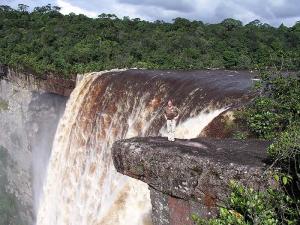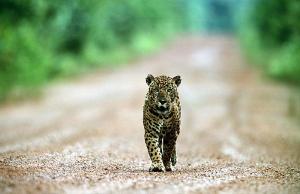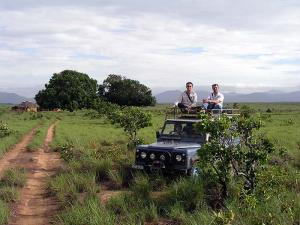Guyana (formerly British Guiana) lies on the north-eastern shoulder of South America, bordered by Venezuela to the west, Brazil in the south, and Suriname to the east. The name comes from an Amerindian word meaning ‘land of many waters’, which is certainly appropriate as major rivers include the Essequibo, Demerara and the Berbice.
Guyana is a wonderful nature and wildlife destination in its infancy, and if you feel the need for more comfortable accommodation and a sandy beach then it can be combined with Venezuela or one of the Caribbean islands such as Tobago or St Lucia.

Kaieteur and the northern forests
The coastal belt is a narrow strip up to 40 miles wide, much of which is below sea level. 90% of the population lives here and the main crop is sugar cane, used both for sugar production (the Demerara process originated in Guyana) and rum. The Dutch settlers built the first dams and dykes so that they could take advantage of the rich alluvial soils.

The Central forest zone
Covering 80% of the country, yet with only 2% of the population, Guyana’s rainforest is some of the best-preserved in the world. There is a real chance of seeing wildlife that would be endangered elsewhere, such as jaguar, eight monkey species, armadillos, tapirs and red-rumped agoutis.

The Rupununi savannas
Stretching southwards from the Pakaraima mountains, the Rupununi is an endless savanna interspersed with rivers, whose banks are lined with gallery forest. There are some large ranches whose homesteads provide an ideal base for exploration of the history and wildlife of the south.

 Guyana
Guyana